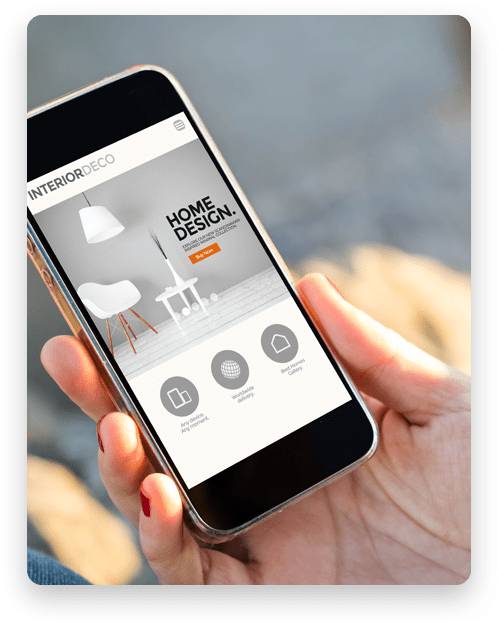Long Form
A long-form landing page is LONG. The page focuses on informing the visitor, so they feel comfortable purchasing your services. Many businesses, such as those in real estate, health, or education, rely on long-form landing pages to build confidence and push the visitor to make contact or purchase.
Short Form
The temporary form landing pages is delightfully light on copy but features images, stories and emotions. They are great if you offer something free such as a promotion and no long-term commitment action or expensive monetary request.
Squeeze Pages
You have probably heard of putting the ‘squeeze’ on a customer. A squeeze landing page is very minimalistic, so it does not distract from the goal. It is used to push a visitor to provide their contact information or email. Think of them as very straight and to the point without a lot of fluff.
Splash Pages
The Splash Page is a page where a visitor lands before entering the website. It is usually a promotional page with a disclaimer, announcement, or one-time offer. Splash pages are also used to request verification, acknowledgment, or click on the terms and conditions. Splash pages have only a brief message with a simple navigation link that promotes an opt-out or exit option.
Lead Capture
This is the most common form of a landing page. The lead capture collects information from your website’s traffic and then pushes them down the sales funnel.
Launching/Coming Soon
This is a remarkable landing page if your business has not been launched yet. A single CTA often offers emails with news or other important updates, such as your business’s grand opening. It is usually a simple hero image and value proposition or countdown timer.


